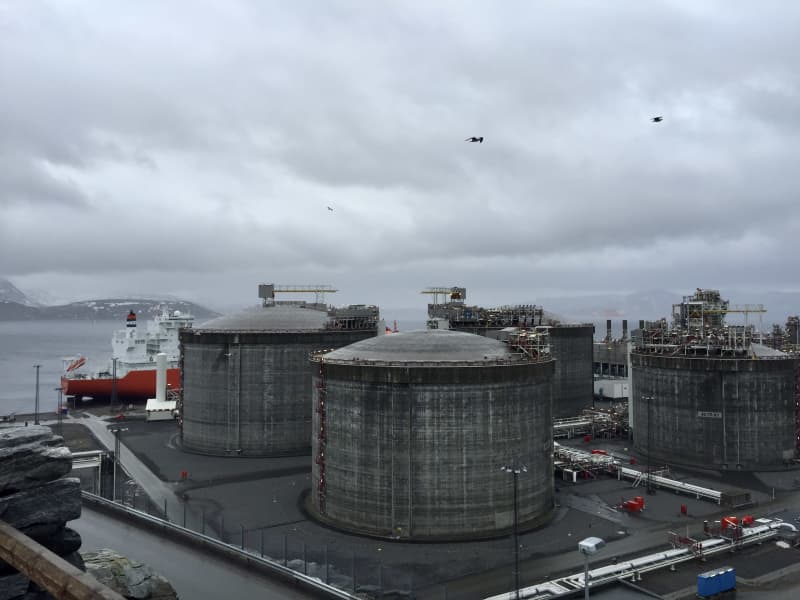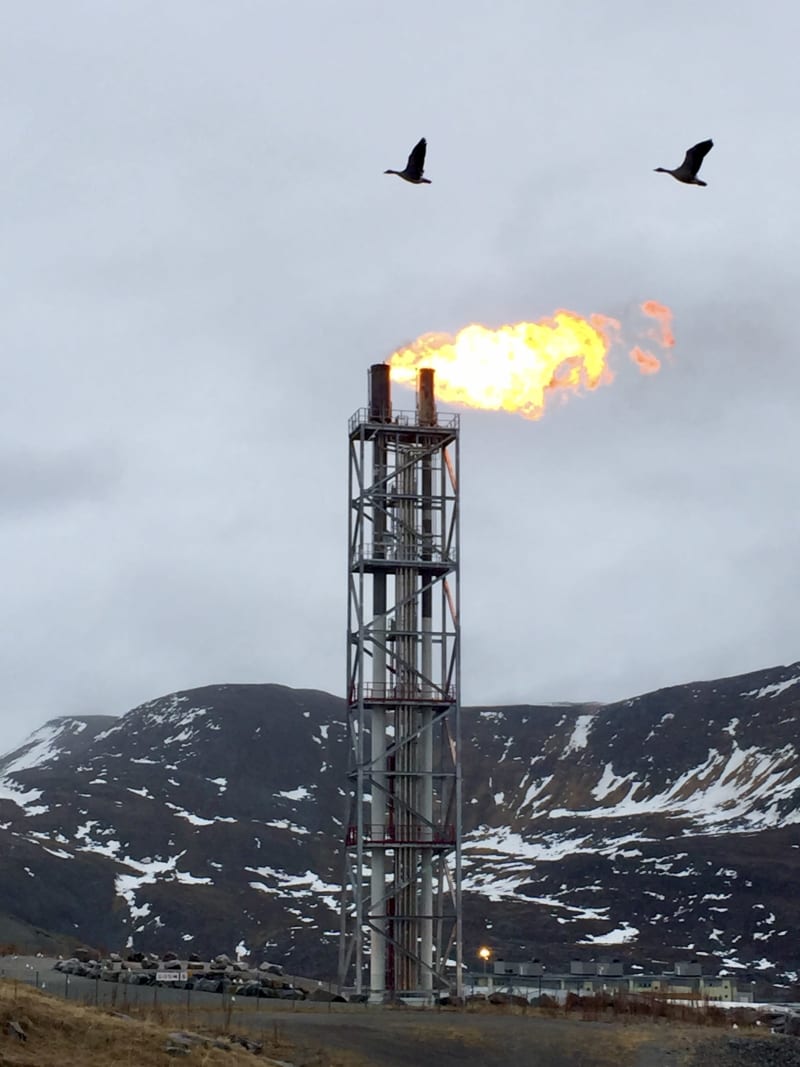
The Hammerfest gas refinery wants to get rid of gas turbines because of carbon dioxide emissions. At the same time, a data center powered by gas turbines is being planned in Tornio in the name of the green transition.
Norwegian state oil and gas giant Equinor’s gas refinery in Hammerfest refines natural gas pumped from the bottom of the Barents Sea into LNG, i.e. liquefied natural gas.
The electricity needed by the refinery is produced by gas turbines, which we now want to get rid of for emission reasons.
At the same time, the Canadian company Gloriosa Energy Solutions GES, which is unknown in Finland, is planning a data center in Tornio running on electricity produced by gas turbines in the name of the green transition. The data center would be next door to Finland’s second LNG terminal, i.e. liquefied natural gas storage, in Tornio. The company announced the matter on Wednesday.
We asked Parpola about the green conflict between the Hammerfest and Tornio gas turbine plans.
– I am not aware of the Equinor decisions you mentioned or their background. GES does not comment on other people’s solutions, only on its own project. GES invests in low-emission solutions that take environmental values \u200b\u200binto account. LNG acts as a transitional step towards liquefied biogas, answers Parpola.
– No, denies Parpola.
Hammerfest’s LNG gas refinery Norway’s biggest carbon dioxide polluters
Norwegian oil and gas company Equinor’s Melkøya natural gas refinery in Hammerfest is Norway’s third largest producer of carbon dioxide emissions.
Equinor, formerly Statoil, is majority-owned by the Norwegian state and the largest company in the Nordic countries.
According to Norwegian Broadcasting Corporation NRK, the Melkøya gas refinery has produced 10 million tons of carbon dioxide into the atmosphere since 2008.
Equinor wants to switch from electricity produced by gas turbines to electricity purchased from the national electricity grid.
The refinery’s high electricity demand requires the construction of more onshore and offshore wind farms in Northern Norway. In Norway, the majority of electricity is produced with carbon dioxide-free hydropower.

Opposition and support
Melkøya’s transition to electricity has supporters and opponents.
The huge electricity demand of the refinery, in addition to all other electrification, causes an electricity shortage in Northern Norway and requires the construction of more wind power.
Wind turbine areas and large power lines worry reindeer herders. Norway’s Sámi assembly opposes electrification.
According to Bellona, \u200b\u200bthe nature conservation organization, instead of switching to grid electricity, the refinery should build a carbon dioxide recovery plant. According to Equinor, recovery would be significantly more expensive than electricity from the national grid.
The Norwegian government, led by the Labor Party, supports the refinery becoming a customer of the electricity grid.
The state directly and its pension fund own 70 percent of Equinor, so the government’s position is important.
